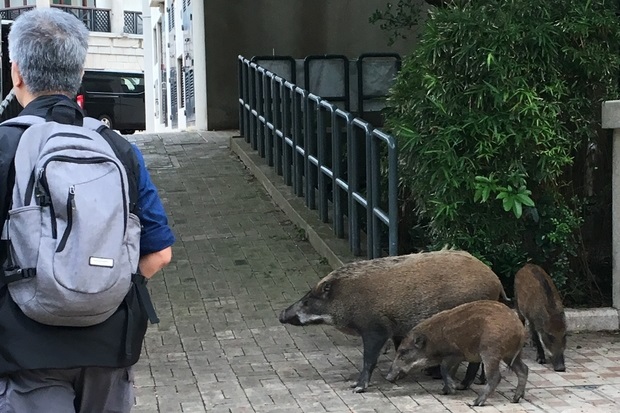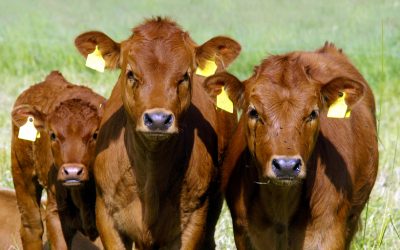Exploding animal populations – how can we co-exist?
Using contraceptives to slow reproductive rates in exploding animal populations may offer an extra tool to manage human-wildlife conflicts. In this blog, we hear from senior ecologist, Giovanna Massei, as she outlines this global issue and humane, evidence-based and sustainable solutions.
We love them, we feed them in our parks and gardens. We fear them and chase them away. We hunt them and we crave to be close to them. We take selfies with them but worry about their destructive impact.
Deer, rats, mice, wild boar, feral livestock and pigeons are among the animals whose numbers are exploding worldwide. In Europe, invasive species such as grey squirrels, raccoons, pot-bellied pigs, parakeets and Canada geese now roam our cities. Their environmental and economic impact is phenomenal, ranging from disease transmission to damage to crops and forestry, traffic accidents, attacks on people and pets, nuisance behaviour and impacts on native species.
Close encounters
Recently, in the middle of Barcelona, a couple of wild boar accustomed to being fed by locals, stole the bag of pop star Shakira, presumably hoping for a snack. The same happened to a nudist in Berlin, whose video went viral as he ran in his birthday suit after a sow that had grabbed his backpack! Local authorities suggested killing the sow and thousands signed a petition against it.
This year, Australia experienced the worst mouse plague in decades, with millions of mice in fields, inside houses, garages and even prison cells. Meanwhile, African Swine Fever virus is travelling through Eurasian pigs and wild boar, costing billions to the pig industry. In the United Kingdom (UK), many sea towns are warning not to feed gulls that regularly swoop over tourists, stealing fish and chips and even ice creams.
Our own species is firmly set on the same trajectory. According to the United Nations, the human population will increase from today’s 7.9 billion to 10.9 billion by the end of the century. In this context, human-wildlife clashes are unavoidable.
What are the options?
Culling is unpopular for ethical, environmental and animal welfare reasons (think rodenticides) and may not be feasible as the sole option to keep numbers down. Moving animals out of their native area (translocation) causes stress and many die trying to go back home or simply resume the nuisance behaviour in the new area. Translocations also spread pathogens to local resident populations that also do not take kindly to newcomers dumped on their patch. Using contraceptives for slowing down reproductive rates may offer an extra tool to manage human-wildlife conflicts.
Conference on wildlife fertility control and resources
The Botstiber Institute for Wildlife Fertility Control marks its fifth anniversary this year with an array of events and projects including an educational film “An Overview of Wildlife Fertility Control.” Running for about 15 minutes, the film is an excellent introduction to one of the most important issues of wildlife population control today.
For anyone interested, the next conference on wildlife fertility control will be organised by the BIWFC in the US at the end of May 2022. Deadline to submit an abstract is the 3rd of December 2021.



